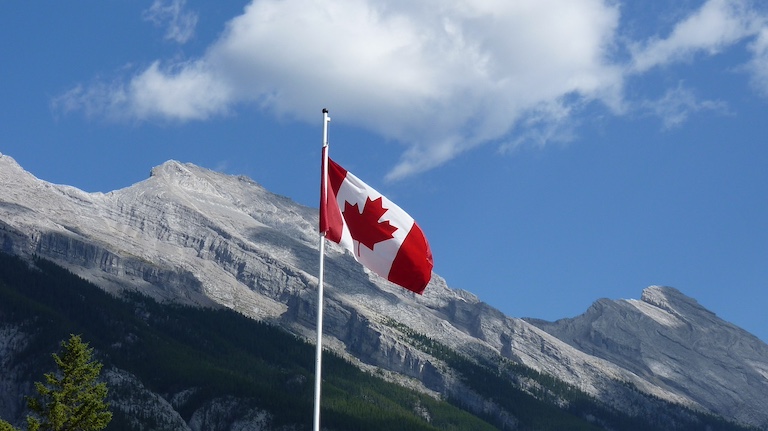
Canada is one of the most popular international destinations for American tourists. While it may seem like a simple jaunt, the smartest travelers know to follow these 10 Canadian travel tips before crossing the border.
1. Make sure you have a valid passport
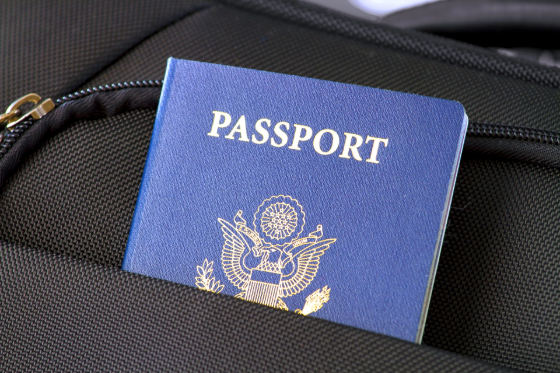
To enter Canada and subsequently return to the U.S., you should have a valid U.S. passport. While there are other WHTI documents that are acceptable for travelers crossing the border via land or sea, a passport provides you with the most flexibility.
For instance, only a U.S. passport is considered acceptable identification for international air travel into the United States. Should you use other forms of identification to cross into Canada, you would be unable to fly back to the U.S. without expediting a passport - even in the case of an emergency.
2. Convert US dollars to Canadian dollars before you leave
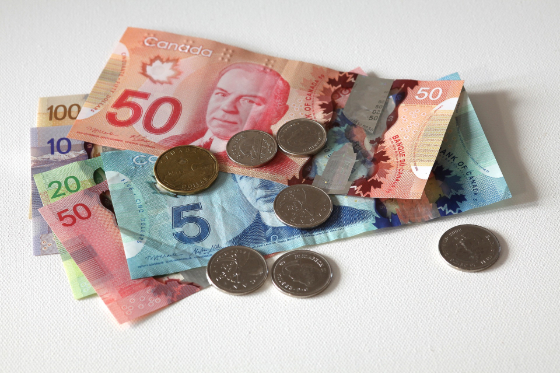
Like with most destinations, you will get a better currency conversion rate at your local bank or financial institution than you will once you cross the border or at the airport. Plan ahead and get your Canadian cash ahead of time.
3. Notify your credit card companies
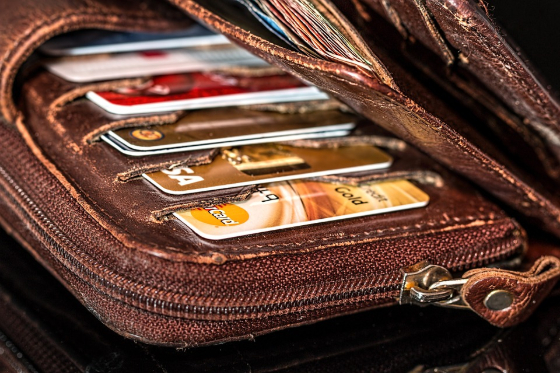
If you plan to pay with plastic (a viable option in most of Canada), be sure your credit card companies know you will be traveling. If you don’t, you run the very real risk of having your card suspended for “suspicious activity” - potentially leaving you high and dry while out of the country.
4. Purchase travel insurance
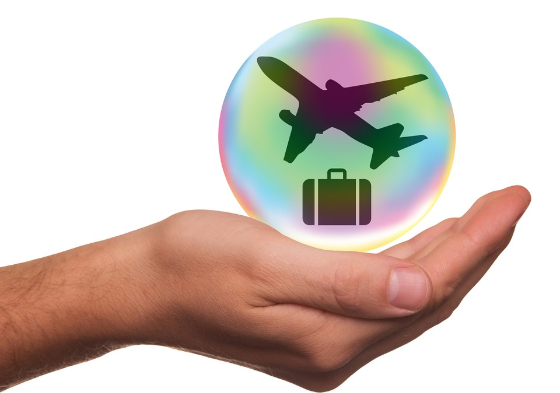
Any number of accidents or mishaps could derail your trip. Protect yourself by securing quality, reputable travel insurance before you leave.
We recommend taking advantage of the World Travel Center's Policy Picker. The service provides you with FREE Quotes from leading travel insurance providers. After answering a few simple questions, you will receive a list of the plans which meet your needs accompanied by a brief description, quotes, and links to additional information. Click here to get your free quotes.
5. Figure out your cell phone situation

While it is possible to bring your American cell phone into Canada and use it, many carriers charge high international roaming rates for the privilege. Check with your provider before your trip to determine if this is a feasible option, or if you would be better off with a local option upon arriving at your destination (or no cell phone at all).
6. Don’t forget the sunscreen

Suncreen is essential when traveling north. Canada is certainly not a tropical getaway, but the sun doesn’t care. You can still get a nasty sunburn even in the colder northern climates. Pack for the sun, not the temperature.
If you are flying, be sure to note that there is a limit to how much suncreen you can bring in your carry on. Your best bet would be to keep a small tube (100mL or less) with you, and bring a larger quantity in a sealed bag in your checked luggage.
7. Brush up on local laws
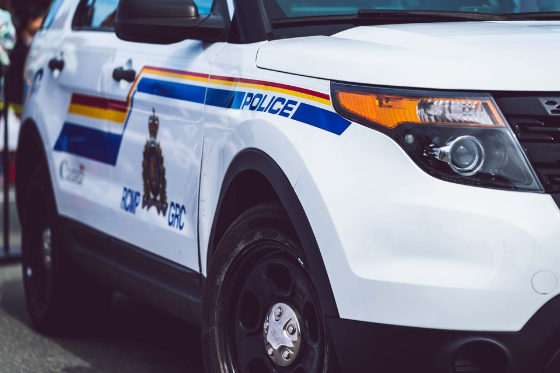
One of the most important Canadian travel tips (or travel tips for any international destination, for that matter) is to become familiar with what is and isn't considered acceptable behavior. Ignorance is no excuse when it comes to breaking the law. The U.S. Department of State maintains a fairly comprehensive guide of the key Canadian laws most likely to affect American travelers. Additionally...
8. Know what you can and cannot bring with you across the border

You are responsible for whatever in on your person, in your luggage, and in your vehicle when crossing into Canada and back into the United States. Check out our guide to prohibited items that you will want to avoid bringing across the border.
Furthermore, the Canada Border Services Agency also maintains a thorough and up-to-date website with the specifics about what travelers are and are not allowed to bring with them across the border. Some substances, like alcohol and tobacco, have very specific limits on quantity, while others are banned outright.
9. Learn the current tax and duty rates
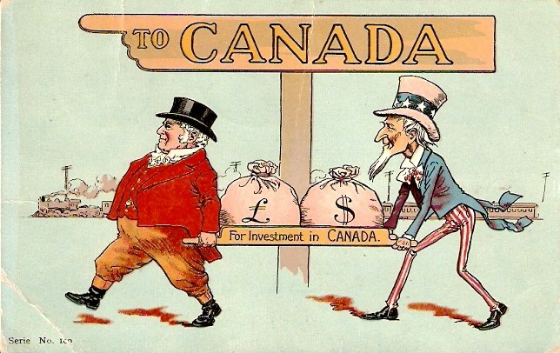
When re-entering the U.S. you will be asked to declare anything you purchased or received as a gift while in Canada that is now returning home with you. Each item is subject to a customs duty, which is calculated using the Harmonized Tariff System. Failure to pay the appropriate duties can result in fines and seizure of goods.
The U.S. currently allows citizens a $200 duty-free exemption per person for stays les than 48 hours. Stays longer than 48 hours increase that exemption figure to $800. Still, given the nuances of tariff policies, your best bet is to declare everything - yes, even that sweet new Toque.
10. Give yourself plenty of time to cross the border

Gone are the days when flashing a passport at a tollbooth got an American into Canada. The process can take as little as 10 minutes, but unpredictable factors like long lines (you can check current wait times here) or a random search can stretch the process to over an hour.
Once you’re prepared and have followed these Canadian travel tips, the last step is making sure you’ve chosen the best possible destination. Check out our free guide to the 5 Best Cities to Visit in Canada!
⚠️ Current Processing Time Alert: Standard government processing is currently estimated at 4-6 weeks.
If you are traveling within the next 14 days, standard mail-in services may not arrive in time.
Check availability for 24-48 hour private expedited services here »



Comments: Have Your Say
Leave us a comment in the box below. Please do not include phone numbers or e-mail addresses.